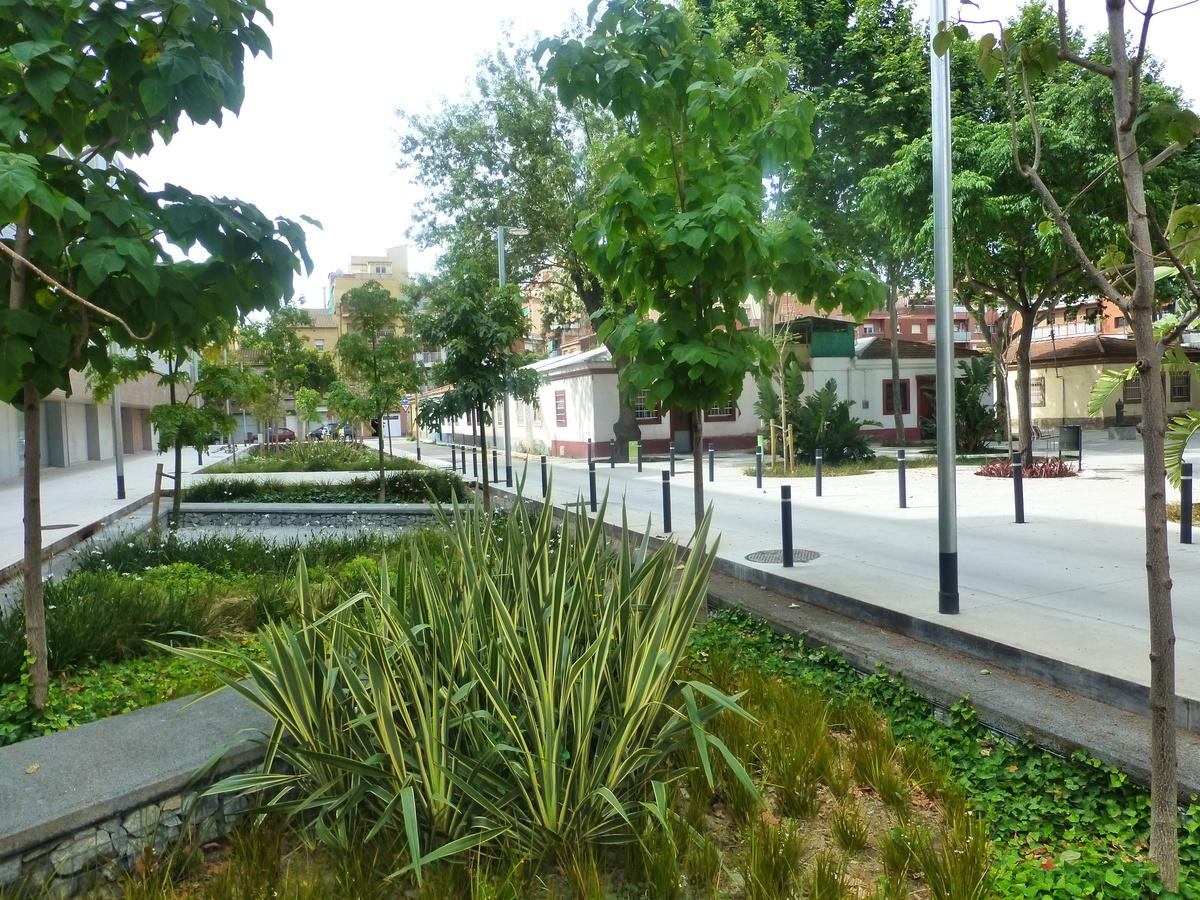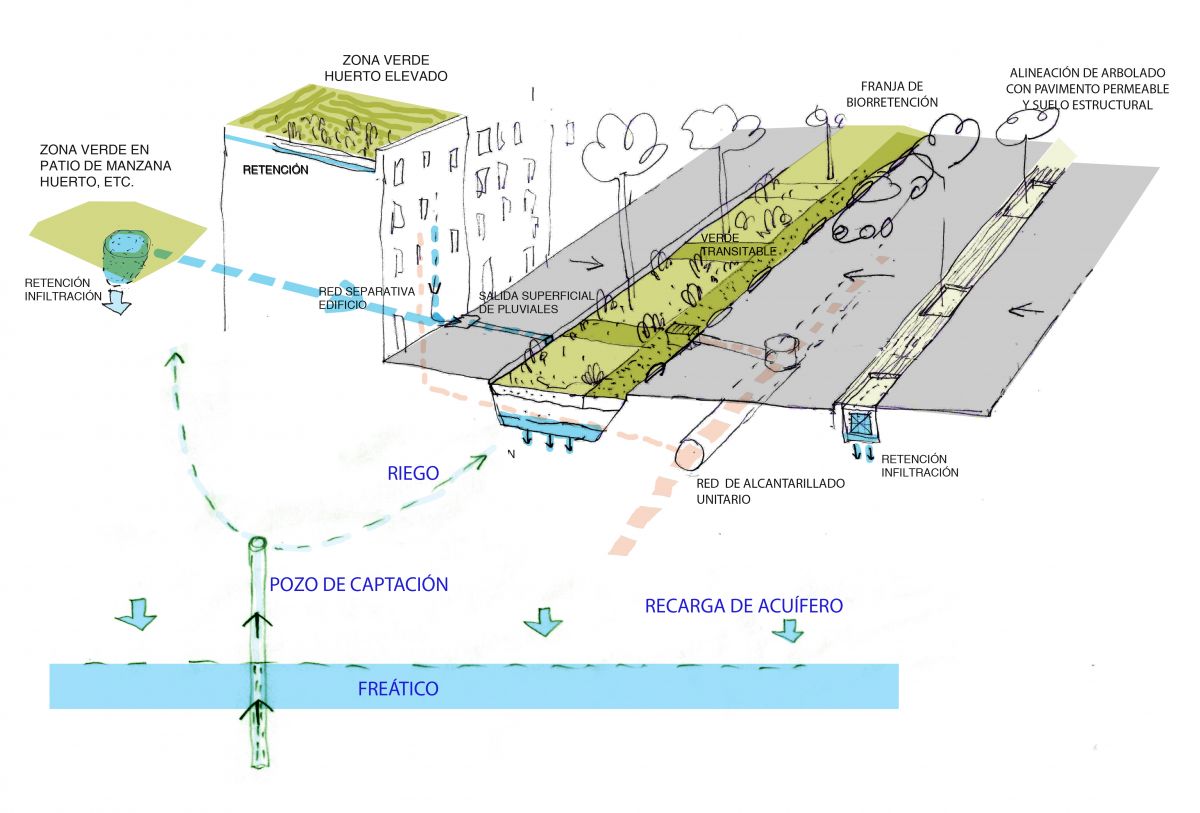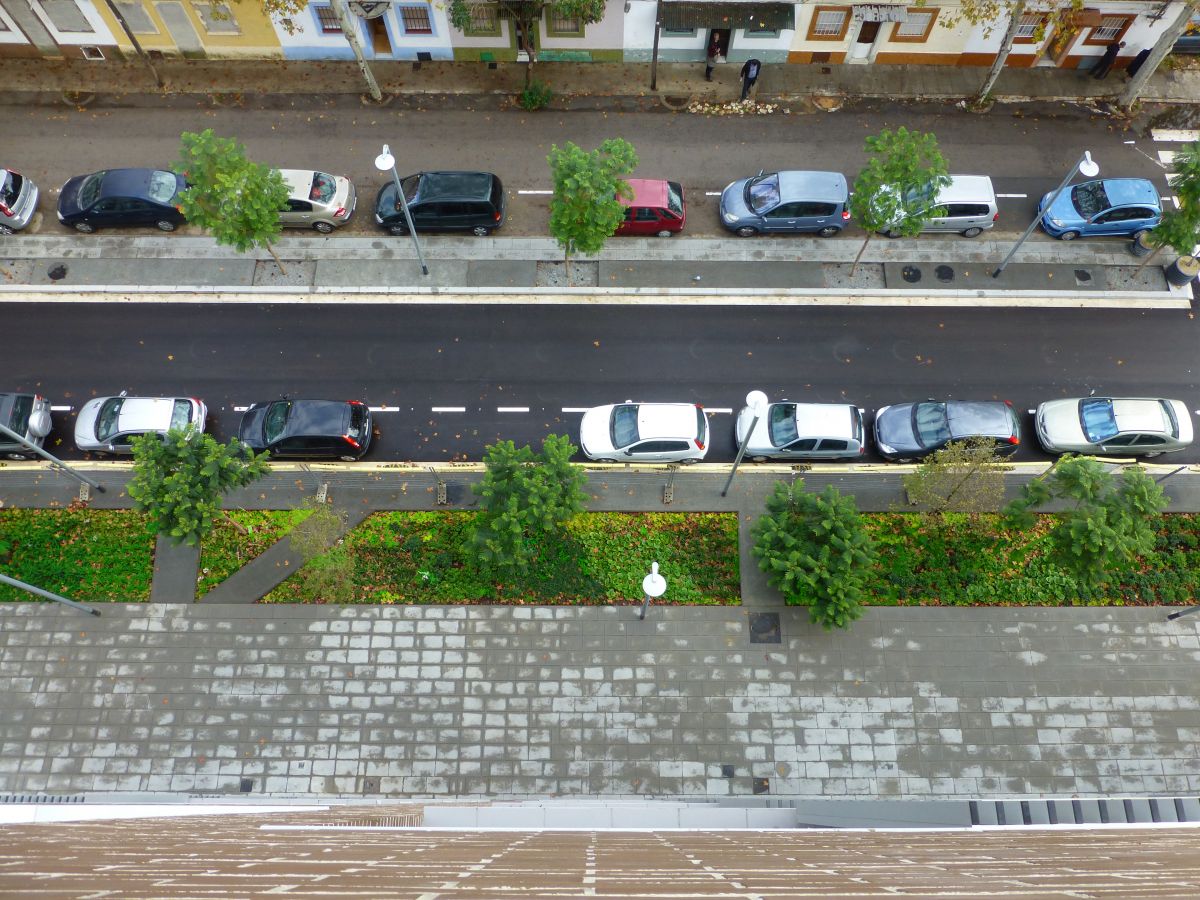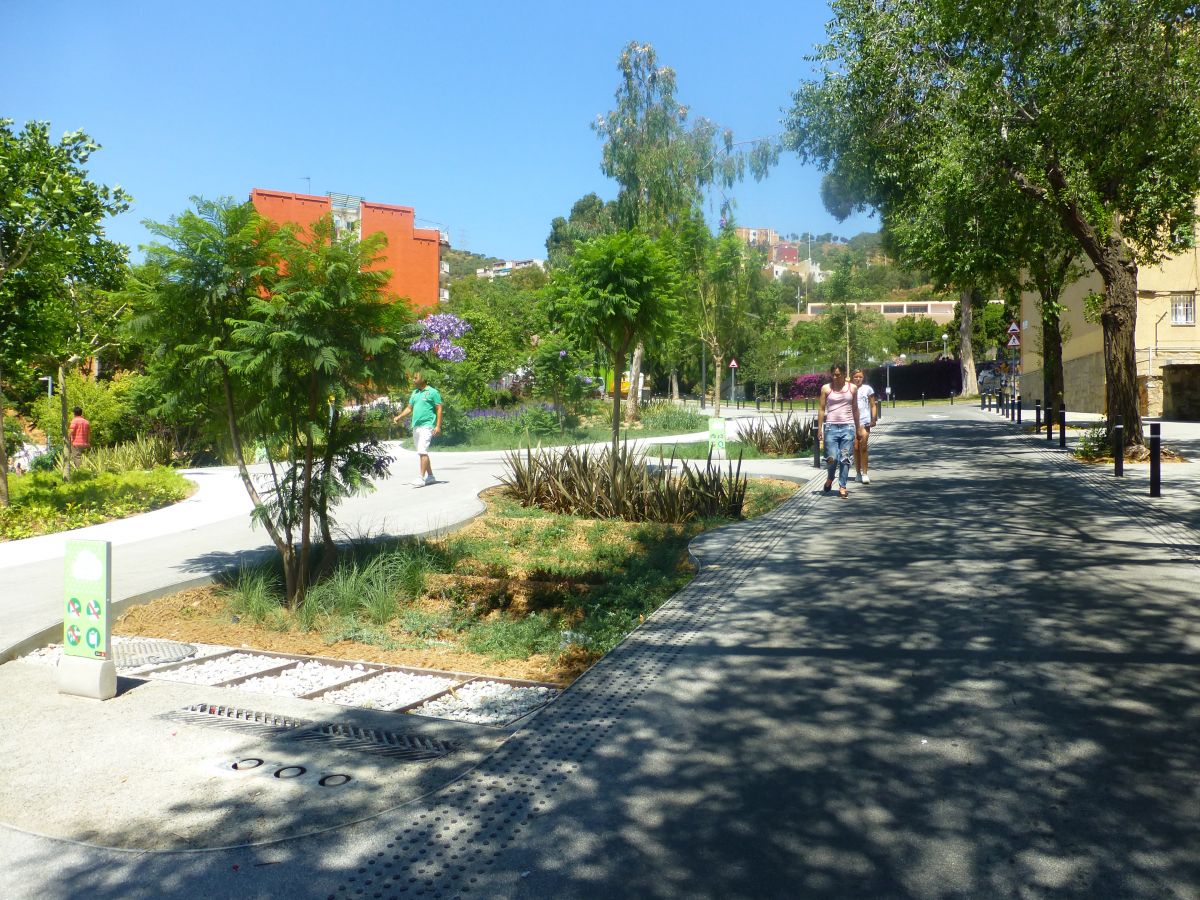Urban Regeneration at the Les Roquetes neighbourhood, Barcelona
Construction21 Redacción

"The sustainable alternative proposed by the Urban Regeneration project in Les Roquetes neighbourhood in Barcelona can be extrapolated to other streets and cities,” underlines Roberto Soto Fernández
The project of urban Regeneration at the Les Roquetes neighbourhood performed by the Instituto Municipal de Urbanismo (IMU) participated in the 2017 edition of the Green Solutions Awards and was national winner in the Sustainable City Grand Prize category. The architect Roberto Soto Fernández presents this system of sustainable management of rainwater that incorporates sustainable drainage techniques and solutions based on nature.

1. In the field of construction, what main characteristics or values define you?
My main activity is to perform public space projects in the city of Barcelona from the Instituto Municipal de Urbanismo (IMU), known as Barcelona Urban Management (BAGURSA) before January 2018. One of the functions of the IMU is the construction of the city through planning, urban management, and urbanization.
2. So let us start at the beginning, how did the project come about and why did you choose a sustainable initiative?
In the IMU we have been working since 2005 on the implementation of sustainable proposals in many of our projects, especially in promoting biodiversity and the use of rainwater. Les Roquetes project at the Plaça de les Dones, Nou Barris, is one of the last executed schemes, in which we have improvedthe techniques used in previous works (Bon Pastor, Can Cortada, Joan Raventós park, etc.).
3. With respect to the materials, systems, and processes, among others, what are the implemented solutions to contribute to sustainable development?
The biggest contribution of this work is to have resolved the capture of 100% of the storm water runoff for a return period of 10 years (a heavy torrential rain) in a street that has a large longitudinal slope of 12%. The technique used is based on the location of bioretention areas on the boundary between the road and the pavement. The first waters are retained in these vegetated areas treating and retaining contaminants. When the flow begins to be high, they enter a sub-surface volume formed by hollow polyethylene structures, allowing infiltration depending on the permeability capacity of the land. This sustainable alternative can be extrapolated to other streets and cities.
The structures or materials used in this project "channel / modular tank Atlantis" or "Boxes or infiltration blocks" are modular structures of recycled polypropylene and its function is to generate empty spaces of different shapes and features located under or inside of permeable materials designed to capture the filtered water through this porous materials and thus increase the hydraulic capacity or their accumulation. The objective is to reduce the impermeable surfaces of the city, increase the permeable and consequently recover the ability to filter, retain and accumulate rainwater, thus recovering the "sponge effect" of vegetation and natural soil.

Cities are ecosystems with a waterproof "skin" that generates important environmental problems related to soil, atmosphere, loss of biodiversity and fracture of the natural hydrological cycle: they increase the ambient temperature (heat island effect), with run-off processes (increasing water pollution and flooding) and waste the rain resource. It is for this reason that the cities need to equip themselves with a new permeable "skin" (vegetated or not) that acts as a thermal insulator and functions as a hydric and atmospheric filter, thereby restoring the natural water cycle.
4. During the whole process, what challenges have you faced? Does the result match the initial expectations?

The main challenge in all the projects has been to build a sustainable alternative to the unitary sewage systems, preventing rainwater from mixing with the sewage. And also, do this in situations that present greater difficulty in the city such as the streets. The most appropriate formula has been to combine and / or implement flooded vegetation zones. Some works have been in operation for more than 10 years with an optimal result, but as time has passed we have learned more and introduced improvements in order to achieve the minimum maintenance of the system and the maximum catchment and treatment of water, with zero energy cost. Besides, there are the advantages offered by the new and more naturalized urban landscape.
5. Are you currently working on another similar project?
Right now I'm finishing a work in the Plaça de Dolors Piera, which consists of a vegetable cover with urban gardens on a parking lot. In addition, I have also started a project for the transformation of Cristóbal de Moura street into a linear garden.

See the case study associated with this article.



